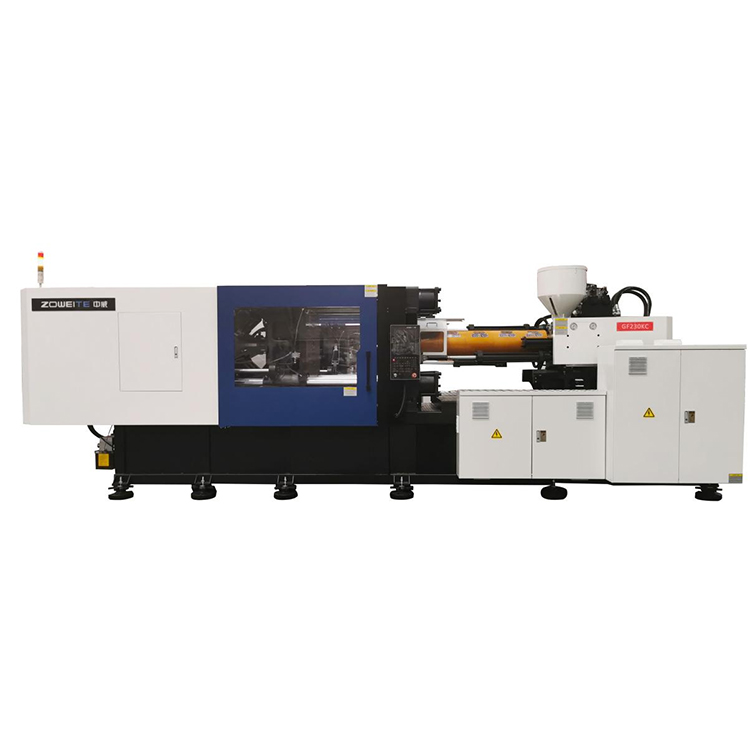Unraveling the Impact of Injection Speed on PET Injection Molding
2024-03-01
Introduction:
Injection speed plays a pivotal role in the intricate dance of variables that dictate the outcome of PET injection molding. As one of the fundamental parameters, injection speed influences various aspects of the molding process, including part quality, cycle time, material distribution, and overall productivity. In this blog post, we'll delve into the significance of injection speed in PET injection molding and explore its effects on the molding process.
Understanding Injection Speed in PET Injection Molding:
Injection speed refers to the velocity at which molten PET resin is injected into the mold cavity during the molding process. It is typically measured in millimeters per second (mm/s) or inches per second (in/s) and can be controlled and adjusted based on specific molding requirements and material characteristics.
Impact of Injection Speed on the Molding Process:
1. Fill Time:
Injection speed directly affects the fill time, which is the duration required to fill the mold cavity with molten PET resin. Higher injection speeds result in shorter fill times, as the molten resin is injected into the mold more rapidly. Shorter fill times can lead to faster cycle times and increased productivity, especially in high-speed PET injection molding applications.
2. Material Distribution:
The injection speed influences the flow behavior and material distribution within the mold cavity. Optimal injection speeds ensure uniform flow of molten PET resin, preventing issues such as flow lines, air traps, and incomplete filling. By controlling injection speed, manufacturers can achieve consistent part quality and minimize defects in PET molded parts.
3. Shear Heating:
Injection speed affects the level of shear heating experienced by the molten PET resin during the injection process. Higher injection speeds result in increased shear forces, which can lead to higher temperatures within the resin. Excessive shear heating may cause degradation of the PET material, resulting in reduced mechanical properties, increased viscosity, and potential defects in molded parts.
4. Cooling Time:
Injection speed indirectly influences the cooling time, which is the duration required for the molded part to solidify within the mold cavity. Higher injection speeds can lead to shorter cooling times, as the molten resin is injected and solidified more rapidly. However, excessively high injection speeds may result in premature ejection of the part from the mold, leading to distortion or warpage.
5. Part Quality:
The injection speed has a significant impact on the overall quality of PET molded parts. By optimizing injection speed, manufacturers can achieve desired part characteristics such as dimensional accuracy, surface finish, and mechanical properties. Controlling injection speed allows for precise molding of intricate geometries and thin-walled sections, ensuring that PET parts meet stringent quality standards.
6. Energy Consumption:
Injection speed influences energy consumption during the molding process. Higher injection speeds require more energy to drive the injection unit and hydraulic systems of the molding machine. By optimizing injection speed, manufacturers can minimize energy consumption, reduce operating costs, and improve overall efficiency in PET injection molding operations.
Conclusion:
In conclusion, injection speed plays a critical role in PET injection molding, influencing various aspects of the molding process and part quality. By controlling injection speed, manufacturers can achieve optimal fill times, material distribution, cooling times, and part quality in PET molded parts. Understanding the impact of injection speed allows for precise optimization of molding parameters, leading to enhanced productivity, efficiency, and quality in PET injection molding operations.



